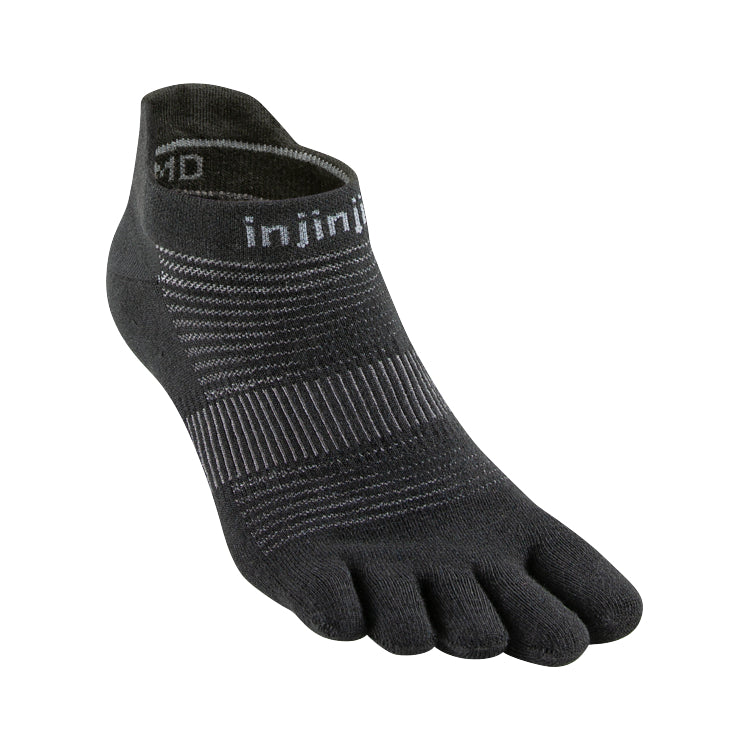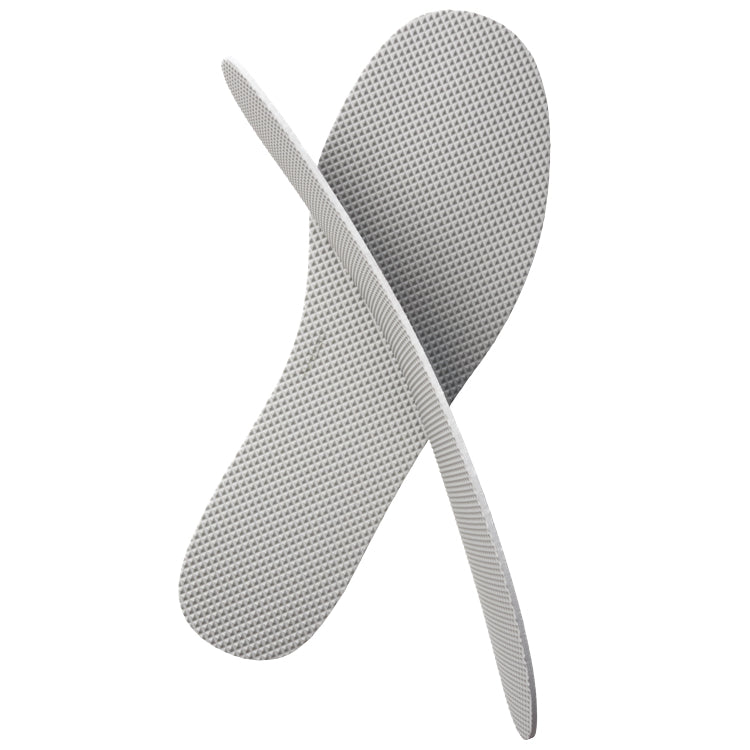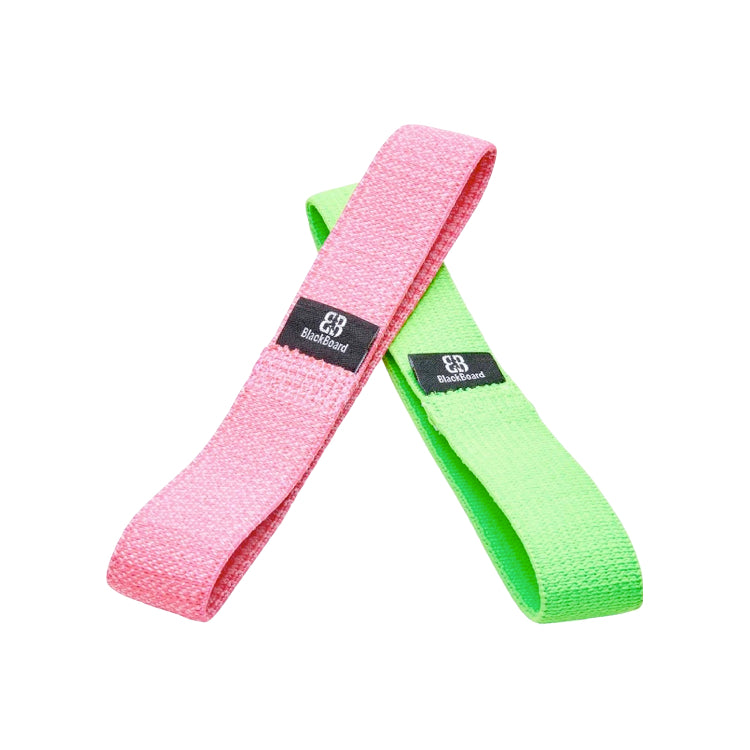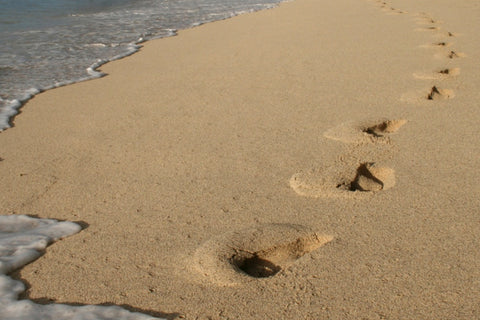
This is the second installment in our ongoing series in which we examine foot-related research studies published many decades ago. This study, conducted by Earl T. Engle and Dudley J. Morton, is called “Notes on Foot Disorders Among Natives of the Belgian Congo” and was published in The Journal of Bone & Joint Surgery in 1931. The researchers were part of an Africa expedition sponsored by Columbia University and the American Museum of Natural History. Foot studies were made of inhabitants living in the Belgian Congo (now Democratic Republic of the Congo) and around Lake Kivu and Lake Tanganyika. The purpose of this study was to observe the most common foot problems affecting people in these regions.
Disclaimer: Like the first article we reviewed here, the language describing research participants, though commonly used at the time of publication, is, in many cases, no longer used or accepted in contemporary society. Please note that some of the passages from the study we’ve included below have been edited or altered to reflect modern norms.
Engle and Morton note that, in outlying districts, or non-urban environments of the eastern plateau of the Belgian Congo
[…] footwear is an extreme rarity, and may be regarded as practically unknown; here, never having as yet worn shoes at any time in their lives, the [people in this region of Africa] afford excellent opportunity to study the human foot under purely natural conditions and unmarred by the use of shoes.
Many of the studies we’ll discuss in this series, including this one, took place at a time when some members of unshod cultures were transitioning to a shod lifestyle. Other members of these groups or populations, however, remained unshod, which allowed researchers to compare and contrast foot form and function within a divergent group of people (or between unshod groups and shod westerners). In this particular case, the researchers report that
Observations made during the course of the trip substantiate earlier reports that [unshod Africans] are notably free from the ordinary types of static foot trouble with which we are so familiar in our [urban] centers of population […] Pronation is not a common condition; their legs are well positioned above the feet, insuring an even distribution of body weight upon the latter […] A review of the observations made on this expedition seems to indicate that the foot problem from an orthopedic standpoint is not an urgent one among [unshod Africans].
Static foot trouble (which is not always pathological but often progresses to mechanical and symptomatic problems) is still exceedingly common in contemporary society, which is why these observations of unshod individuals are still relevant, even today. These studies represent a window into our natural foot health heritage, and we’d be wise to consider the observations of these researchers as they pertain to natural foot form and function.
Though static foot deformities and problems were seemingly rare among the many individuals examined by the researchers, certain foot problems were evident in some study participants:
The chief source of foot trouble among [the individuals we studied] is infection, microbic or parasitic. Any traumatism or injury of the toes develops a secondary infection […] The two most frequent types of specific infection are the "chigger" [small red mites whose bites cause intense itching and welts], which directly involves the toes and foot and "yaws" [a tropical infection of the skin, bones, and joints caused by the bacterium Treponema palladium pertenue]. Both of these conditions were encountered quite frequently.
This observation provides a convincing argument in favor of a simple (non-constricting) protective covering for the sole of the foot, especially in tropical areas where microbic or parasitic infections in the foot appear to be most common. A thin layer of material would probably be sufficient in preventing many of these infections while still allowing the foot to function the way nature intended.
Engle and Morton conclude their paper by stating the following:
Although the [unshod Africans we studied] present so little to the orthopedic surgeon in the way of static disorders of the feet [such as bunions and hammertoes], it is expected that the records made will yield valuable information to help us understand better these disorders as they prevail within our more artificial environment of city life. The feet which were studied have not been affected by shoes or footwear, nor has the use of their feet been influenced by theoretical recommendations or suggestions of how this should be done. In other words, the result is a [structurally healthy foot], and in its analysis we may hope for information which will lead to a clearer comprehension of the natural mechanism of the foot and help toward a better understanding of the foot troubles of our own people.
The next article we’ll examine in this series, published in 1939, looks at the feet and footprints of Solomon Islanders (and how they compare to the feet and footprints of Europeans). Join us to learn more about this fascinating topic and to see what conclusions the researchers draw about the effects of footgear on natural foot function.

WANT TO IMPROVE YOUR FOOT HEALTH?
Let the team at Natural Footgear help you! Subscribe to our newsletter for the latest offers and helpful info, and sign up for our FREE email courses on various topics and foot health conditions.
Sign Up →
Want to Improve Your Foot Health?
We are here to help you every step of the way. Get our newsletter for the latest offers and helpful info, and sign up for our FREE email courses on various topics and conditions, including bunions, hammertoes, neuromas, plantar fasciosis, shin splints, ingrown toenails, and more.
Sign Up →
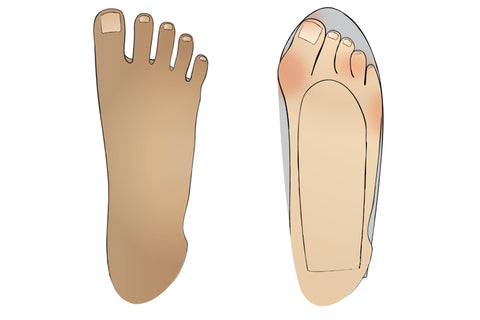 This is the first installment in what will be an ongoing series of articles examining classic research studies in the field of natural foot form and function. Many of the articles that will be reviewed here were published in reputable journals that still exist today. Many of these studies, which range in size and design, were published over 40, 50, 60, or, in this case, 100 years ago. The studies...
Read more
This is the first installment in what will be an ongoing series of articles examining classic research studies in the field of natural foot form and function. Many of the articles that will be reviewed here were published in reputable journals that still exist today. Many of these studies, which range in size and design, were published over 40, 50, 60, or, in this case, 100 years ago. The studies...
Read more





